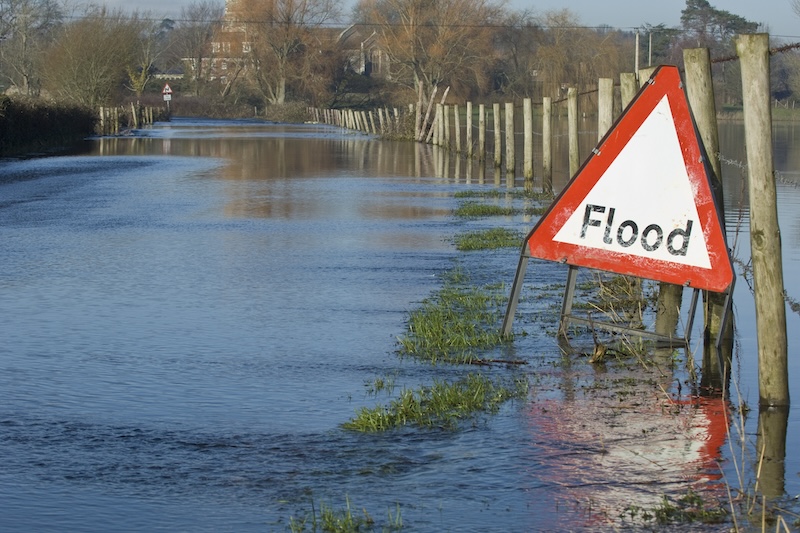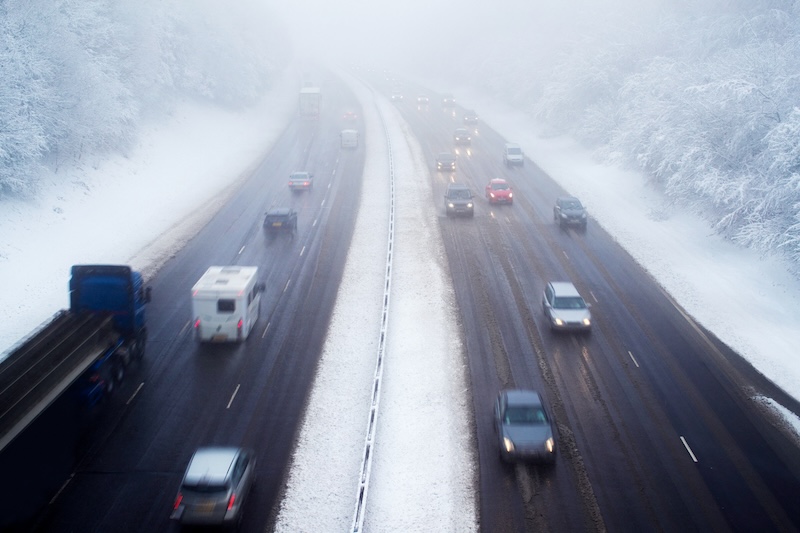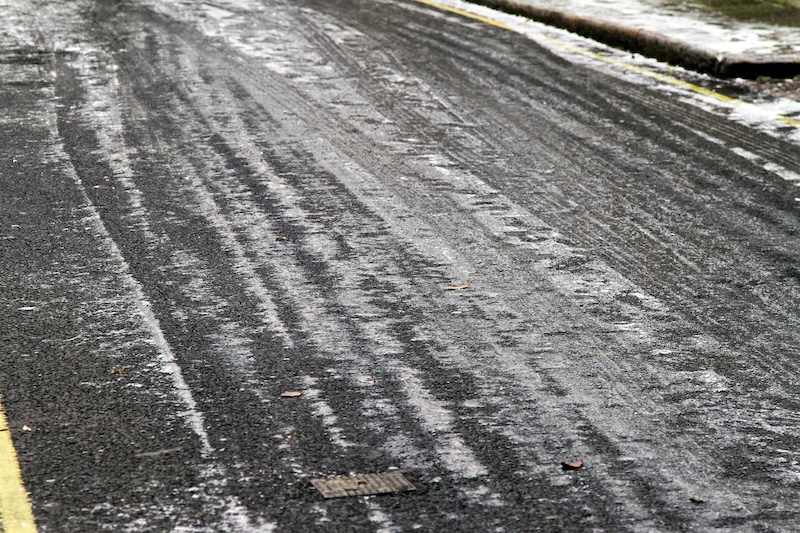Driving abroad checklist

Summer’s almost here which means it’s nearly summer holiday time.
Each year around 70 million Brits head overseas for their holidays. And while many opt for the all-inclusive life and spend their time enjoying the unlimited perks of the hotel, there’s still a fair amount of people who opt to either take their car to the continent or fly off and rent one when they get there.
While a car can give you much more freedom on your holiday, there’s a lot of things to think about – like driving on the right for the first time, the different road rules, or the fact that they use KPH not MPH – it can all get very confusing.
To help you out on your adventures driving abroad, we’ve put together a little guide and checklist for driving abroad to help give your confidence a little boost before you get behind the wheel.
Driving abroad checklist
Before you jump in the car, take a minute to go through our driving abroad checklist to ensure you have everything you need. Whether it’s important documents or an essentials pack for your car, you don’t want to get on the continent and realise you’ve forgotten something.
Important documents for driving abroad
- Full, valid driving licence and National Insurance number
- Passport – you can’t get out of the UK without it
- Proof of car insurance – only if you’re taking your own car
- Travel insurance documents
- European Breakdown Cover policy number and documents – only if you’re taking your own car
- European Health Insurance Card (EHIC) – it’s free or gives your reduced-cost emergency care
- In France you’ll need a Crit’air sticker – find out if you need one and which one you need here
- Check your vehicle’s tax and MOT are valid and up to date – only if you’re taking your own car
If you’re taking your own car remember to bring…
- Reflective jackets – one for each passenger, must be kept within the cabin of the car
- Warning triangle
- Headlamp beam deflectors – depending on your car, you’ll either need deflector stickers or have to adjust the beam manually
- Breathalyser – compulsory in France
- GB car sticker – only required if you don’t have a GB Euro number plate
Top tips for driving on the right…
It’s more than likely that if you’re driving abroad, you’re going to be driving on the right-hand side of the road, so it’s probably best to have a little practice in a quiet spot before you hit the traffic hotspots, but not in the UK, obviously!
So when you arrive overseas, try and find a sleepy suburb or a little-used country lane to get your head around driving on “the wrong side” of the road. After all, practice makes perfect.
And remember to adjust your headlamps for driving on the right-hand side of the road. It’s a legal requirement not to dazzle oncoming drivers. So be kind to them.
Different countries, different customs
When it comes to driving rules and regulations, don’t expect everything to be the same when driving abroad as it is in the UK.
Here are some of the main differences between the UK and European laws you should know:
- In many European countries, such as Poland, Bulgaria and Serbia, you need to have your headlights on at all times
- Some countries allow you to turn right on a red signal – there will be a sign or flashing light to show you it’s allowed
- Many European countries ask you to carry an essential kit at all times, such as headlamp beam converters and a reflective jacket
- Drink-driving limits vary greatly across Europe, from 0.0 grams per litre in Hungary and the Czech Republic to 0.5 in France and Germany and 0.8 in England and Wales. You can check the full list here
- Penalties for mobile phone use behind the wheel are also very different depending on which country you’re driving in
Unusual driving laws from around the world
While some laws might seem fairly normal, there are, of course, some rather unusual laws that you might need to learn:
- Make sure your car’s clean if you’re driving in Romania, as it’s illegal to drive a dirty car
- As if parking isn’t already stressful enough, in some Spanish cities you can only park on certain days of the week
- Your dreams of a hitchhike from Aberdeen to the Zheleznodorozhny (it’s in Russia…!) may be dashed as many European countries forbid hitchhiking… including Russia, Switzerland and Lichtenstein
- Watch out when driving in Malta as it isn’t customary to indicate when changing lanes
- In Slovenia your reverse lights are not enough – when reversing you must also put your hazard lights on
If you’re a fan of the weird and wonderful, why not have a look at 10 of the most bizarre road signs from around the world and see if you can spot a few when you’re driving abroad on your adventures?
Looking for some more information about driving abroad? Check out the gov.uk website, which has some more handy information if you’re planning to drive abroad this summer. So make sure you take a look before you head off.
And finally, if you’re taking your own car on your holidays, then have fun and drive safe. But for those of you who’re going to be renting a car, take a minute to read our guide to hiring a car abroad. You never know, it might save you a small fortune.
Frequently asked questions
Do I need to tell my car insurance provider when I’m driving abroad?
Yes – it’s important to let your insurer know if you’re driving abroad before your head off on your trip, whether you’re planning to drive abroad using your own car, or a hired car. If you drive without the necessary insurance coverage in a foreign country, this could see you encounter legal issues and fines.
How should I prepare to drive abroad?
Below are some top tips for driving abroad:
1. Remember that they drive on the righthand side of the road in most European countries, other than the UK, Irish Republic, Cyprus and Malta. Always take care at roundabouts and when overtaking, especially in a left-hand drive car.
2. Make sure your headlights are adjusted to avoid dazzling any oncoming drivers. You can do this by using headlamp converters when necessary.
3. We recommend using a sat-nav for navigation, but as sat-nav functionality and rules can vary country to country, it’s worth verifying routes with detailed maps.
4. You’re likely to encounter toll roads across Europe, so it’s worth keeping enough local currency at hand in case you come across any unexpected charges whilst on the road.
5. Driving styles can differ greatly from the UK across Europe, so it’s recommended to drive defensively and stay vigilant. Always expect the unexpected and prioritise caution on the road.
6. Take care to follow all local road laws and signs, such as speed limits and specific regulations like carrying spare glasses in Spain and Switzerland if you wear prescription lenses.
7. You should always take regular breaks during your journey, especially when travelling in unfamiliar areas and while adjusting to driving on the right-hand side of the road.
8. Always adopt the same safety measures as you would while driving in the UK, such as wearing seatbelts, avoiding distractions like mobile phones, and staying focused on the road rather than solely relying on your sa-tnav.
9. Regularly check your car’s tyres, windscreen, mirrors and lights to prevent potential issues and breakdowns while on the road.
10. Make sure to take adequate measure to prevent theft or break-ins by securing your belongings, locking your car and parking in well-lit, secure areas.
In case of an accident, notify your insurance provider immediately, contact local authorities, gather necessary information from the other driver and witnesses, and document vehicle damage with photographs. Consider car hire excess insurance for added protection if renting a vehicle.
Don’t forget to check out our car insurance policies today!


